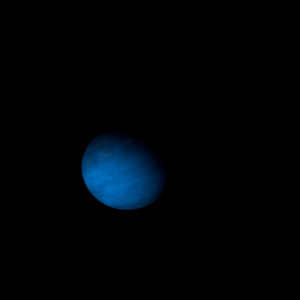|
|
Space Astro
|
Info for exoplanet "Jugyuna Shu"
| Scientific (actual) data |
|---|
| Name | Kepler-892 b |
| Planet status | Confirmed |
| Radius | 0.251 |
| Orbital period | 13.7521 |
| Discovered | 2016 |
| Updated | 2021-02-05 |
| Tconj | 2454980 |
| Publication | Announced on a website |
| Detection type | Primary Transit |
| Alternate names | 2MASS J18523111+4353176 b, K01569.01, KIC 8009350 b, KOI-1569 b, KOI-1569.01 |
| Star name | Kepler-892 |
| Right ascension | 283.13° |
| Declination | 43.89° |
| Mag j | 13.968 |
| Mag h | 13.378 |
| Mag k | 13.335 |
| Star distance | 640 |
| Star metallicity | -0.04 |
| Star mass | 0.75 |
| Star radius | 0.72 |
| Star age | 5.01 |
| Star temperature | 4747 |
| Star alternate names | 2MASS J18523111+4353176, KIC 8009350, KOI-1569 |
| Wikipedia article | Kepler-892 b |
Back
| |
| Fictional info (?) |
|---|
| Suggested name | Jugyuna Shu |
| Planet type | Cold planet |
| The planet telescopically displays the complete range of phases, similar to Venus and the Moon, as it moves in its inner orbit relative to Kepler-892, which reoccurs over the so-called synodic period approximately every 99 days.
Because of its fast rotation, the planet's shape is that of an oblate spheroid (it has a slight but noticeable bulge around the equator). |
| Atmosphere | Neon | 73% |
| Hydrogen chloride | 11% |
| Hydrogen peroxide | 5.3% |
| Ozone | 4.8% |
| Methane | 3.1% |
| Ammonia | 1.8% |
| Krypton | 1.0E-6% |
| Atmospheric pressure | 90 bar |
 |
| No known satellites |
| Google search for Jugyuna shu |
|
Website by Joachim Michaelis
|
|
|
|